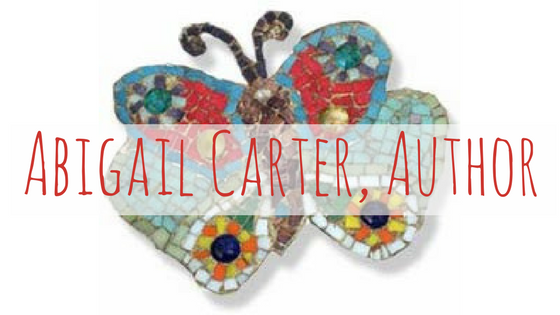An Enneagram Soul Child
Last week, a friend invited me to a meeting with author Sandra Maitri who wrote The Spiritual Dimension of the Enneagram: Nine Faces of the Soul. I have not read the book but plan to. In fact, I had never even heard of Enneagram before and so checked it out online. This is an explanation from the site:
The Enneagram InstituteSM is dedicated to the work of human liberation and transformation. For thousands of years, spiritual teachers from many different traditions have reminded us of the richness of the human soul and its spiritual gifts. But without real self-knowledge, it is not possible to awaken to the deeper truths of the soul or to sustain whatever degree of realization we have attained.One of the most powerful tools for understanding ourselves is the Enneagram, an ancient symbol of unity and diversity, change and transformation.
For $10, I was able to take a personality test and discovered that in Enneagram speak, I am a 9, The Peacemaker. I had to laugh at the accuracy:
"Type Nine exemplifies the desire for wholeness, peace, and harmony in our world. Nines are easygoing, emotionally stable people. They are open and unself-consciously serene, trusting and patient with themselves and others. Their openness allows them to be at ease with life and with the natural world. As a result, others generally find it easy to be in their company. They are genuinely good-natured and refreshingly unpretentious. Because of their peaceful demeanor, Nines have a talent for comforting and reassuring others and are able to exert a calming, healing influence in difficult or tense situations. They make steady, supportive friends who can listen uncritically to others' problems as well as share their good times. In work settings, they can be excellent mediators, able to harmonize groups and bring people together by really healing conflicts.
Nines can also be quite imaginative and creative, and they enjoy expressing themselves in symbolic ways–through music, dance, images, or mythic stories, for instance. They tend to look at things holistically, focusing on the ways in which seemingly unrelated ideas or events are connected and part of a greater whole. Indeed, Nines are drawn to anything that affirms the fundamental oneness of the world. Whether they are working with concepts, diverse groups of people, art forms, or feuding family members, Nines want to bring everything and everyone back to a harmonious unity.In short, Nines are the eternal optimists, always wanting to believe the best about other people, with hope for the best for themselves. They hope that every story will end with, "...and they all lived happily ever after." Healthy Nines will work hard to make things turn out that way. But average Nines will leave it to "luck and a prayer"–and they may be sorely disappointed."
Sandra, in her talk, went on to explain what she called the "Heart Points" – characteristics that appear opposite to our Enneagram type on the wheel upon which all the types are based. In my case, the opposite to a 9 is a 3. The heart point characteristics are traits that are opposite to our dominant traits, traits that we have repressed throughout our lives, but traits that are nevertheless, very close to the bone. Because these traits are often repressed in childhood, Sandra also calls this embodiment of traits our "soul child," to represent the deeply rooted, primal person that we are deep inside. Again, I had to laugh as she described the soul child characteristics of a 9:
wants to be seen, recognized, to shine
will tell little lies to avoid conflict, in order to show themselves in the best light
inner drive to express themselves
In my past life as a project manager, this was inherently true. I spent my career being self-effacing, making others look good, taking the brunt of criticisms when things went well, letting others shine when they went well. But deep down, I wanted to be acknowledged for a job well done, to be appreciated (don't we all?).
When my book came out, I was surprised by my conflicted feelings when promoting it. I was pleased to be sharing it, but also felt I should have been way more excited than I felt. I should have been howling at the moon in pride, but I took the quiet approach – happy, thoughtful, but not screaming from the rafters. I thought it was partly due to the reason the book was written in the first place, but perhaps the conflict also had to do with my 9 and my 3 vying for attention.
Sandra's conclusion in all of this is that simple awareness of our outward traits, and our hidden traits can help us to be more in tune with them, to be with them, to learn from them, to grow in our own self-awareness.
Fascinating stuff.

